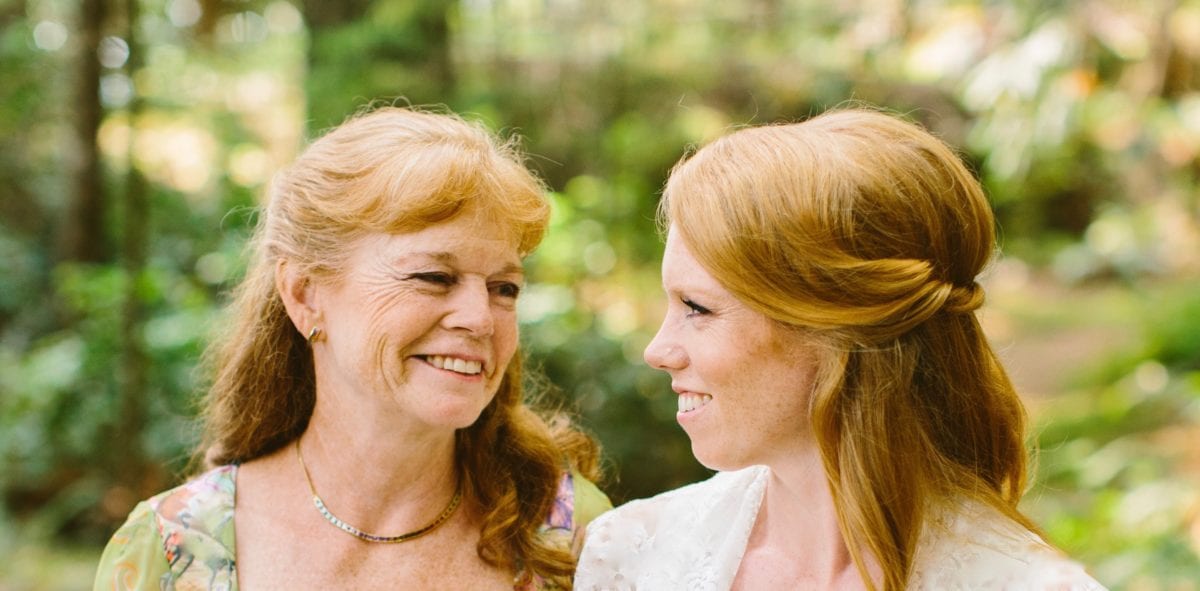
In 2007, the Beaty family created the Sitka Foundation, a Canadian family foundation dedicated to supporting organizations committed to protecting the environment. Its granting program has helped more than 200 organizations in Canada which are tackling issues impacting nature across the country with a focus on the Pacific Northwest.
For Trisha Beaty, medical doctor, instructor in the Department of Medicine at UBC, naturalist and member of the Board of Directors at The Nature Trust of British Columbia, the love of nature is a personal passion which began in childhood. She rejoiced in each tree in her family’s garden.
The childhood of Carolynn Beaty, one of five children of Trisha and Ross Beaty, was informed by her family’s love of nature and has led to an abiding appreciation for land and water. She earned her Master of Science in History and Philosophy of Science, Medicine and Technology at the Imperial College in London , has been a classroom teacher for 15 years and is now the Executive Director of the Sitka Foundation. As the mother of two young children she is deeply invested in protecting the environment for future generations.
Trisha and Carolynn sat down with The Nature Trust of BC to share their unique perspectives on conservation.
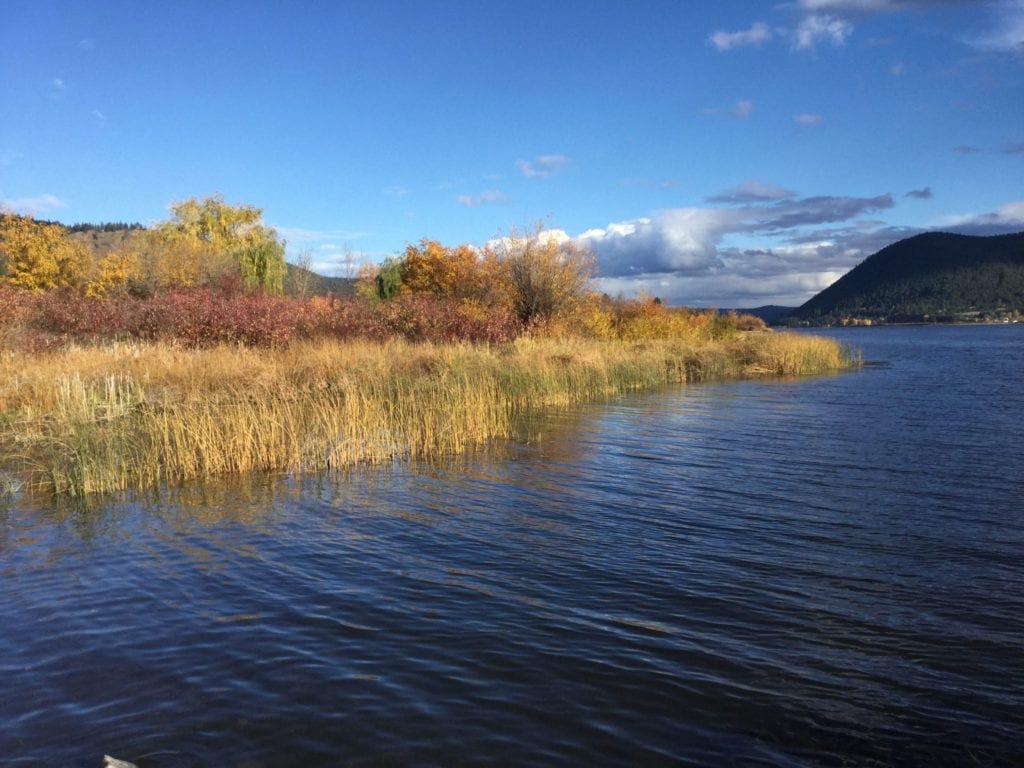
What spurred the creation of the Sitka Foundation?
Trisha: Intellectual, financial, and emotional tracks all played a role in the formation of Sitka. Early on in our relationship, Ross and I developed a strong emotional connection with nature in the Pacific Northwest. We wish to give away a sizeable proportion of our wealth and intellectually, I wish to seek solutions to these important weighty issues of population growth, climate change, and environmental degradation. These three pillars have been the impetus for the creation of Sitka.
From your perspective what are the conservation hot spots that need our attention?
Trisha: The conservation hot spot is the interface between climate change and pure land conservation.
Conservation within impending climate change is one of my big concerns. It requires understanding what climate change is doing to our coastline, our communities and our land mass.
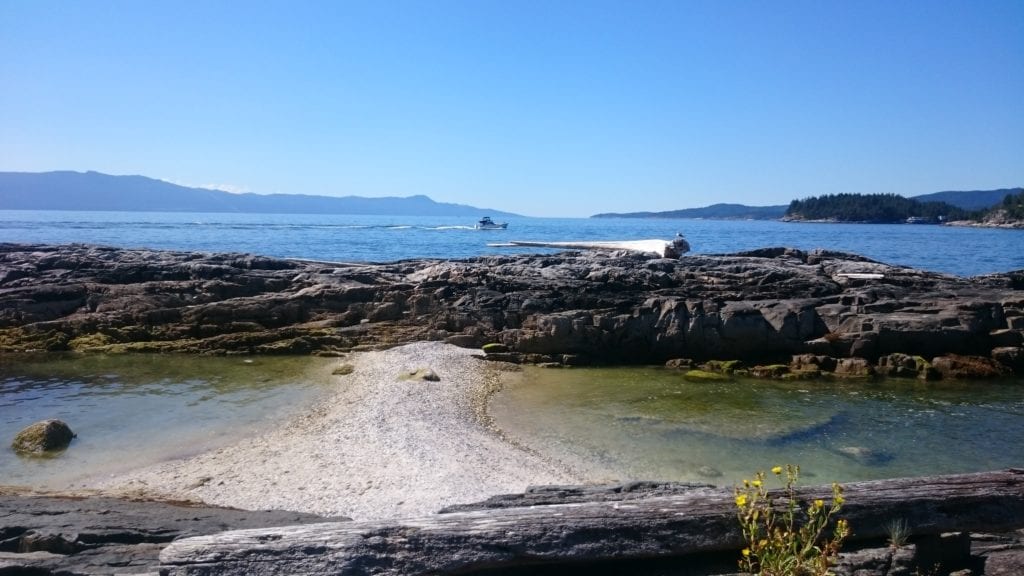
How do you support land conservation within the larger issue of climate change?
Trisha: We can enact change by supporting the change makers – the people who are catalysts for change in their communities; the people who know the most and have their finger on the pulse of an issue.
Sitka supports it through multiple layers. We look at species at risk from climate change and how we can support their viability. We look at ecosystems or connected terrestrial areas and corridors which allow species to head where they need to during climate change. We also look at social change through education and communication to try to motivate society to adopt a lower carbon producing community or society and to be less consumptive.
Carolynn: It’s also working with people who have deep connections and long histories with the land and ecosystems and, therefore, understand what the threats are and how climate is changing. The Nature Trust is a good example. It has strong connections to conservation. At Sitka I believe groups like The Nature Trust are change makers – community catalysts who have the ability to read their natural spaces well and to understand what is happening. We also trust Indigenous leadership — people whose world view is inextricably connected to the environment.
Our current granting program looks at coastlines and watersheds as an area of opportunity to conserve. And we use different strategies to do that. One is confidence in science informing good policy and supporting practicing scientists. A second is a belief in “place” and that means places that are meaningful in our own backyard in BC, the Salish Sea and Howe Sound as well as other key biodiversity areas. The Nature Trust looks to robust science to understand those, such as areas such as in the Okanagan where there is great environmental and human pressure.
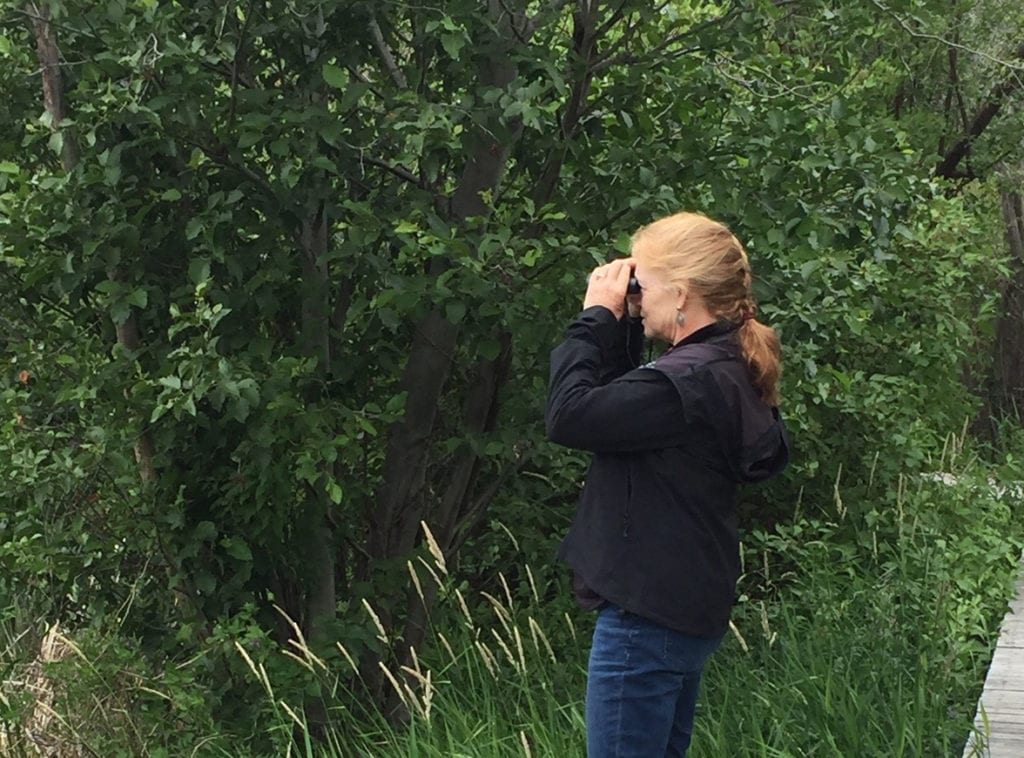
People tend to give to human interests. How do you gain attention around the urgency of saving species at risk and vulnerable habitats?
Trisha: The human-centric focus on our society’s charitable giving is acute, however, without a healthy environment, a healthy ecosystem and biodiversity, humankind’s future is in jeopardy.
It’s very difficult to get that message across because while we have a lot of story lines in our culture about things close to us, we don’t have a lot of story lines in our culture about how the earth sustains us. We have to change that, but it can take a long time and I fear that there’s not a lot of time. This is why we are being fairly aggressive in what we are funding at Sitka.
What is your view of the younger generation’s response to conservation?
Carolynn: I think there is a high level of literacy and engagement being developed in the youngest generation right now. We’re at a turning point: things like peaceful protests, social movements, and social media create a new way of conservation. Yet the climate crisis and the climate anxiety that I think we’re all feeling comes out in different ways: apathy, consumerism, anger, hopelessness. But overall, I get the sense there’s an intuitive understanding and drive for positive change that brings people together instead of pulling us apart.
What captured your interest in nature as a child?
Trisha: It was always my passion. It was nurtured a bit by my family, but I was always connected to nature. At university I was part of a bird watching group and involved in outdoor adventures, canoeing and hiking. My undergraduate degree is in zoology and I worked for a time as a park naturalist. That became a springboard for other adventurous experiences.
I’m still immersed in nature as much as I can. A year ago I spent 11 days canoeing the Mountain River in the Northwest Territories where we didn’t see any evidence of human presence except one little log cabin.
Carolynn. My love of nature comes from my early years with my family. It’s who I am and it has affected the choices I’ve made.
I think spiritually and emotionally being in nature is a way of achieving health. I’m pretty busy with young kids but I’d like to head to the back country again to hike and canoe. It’s the best way for my spiritual well-being.
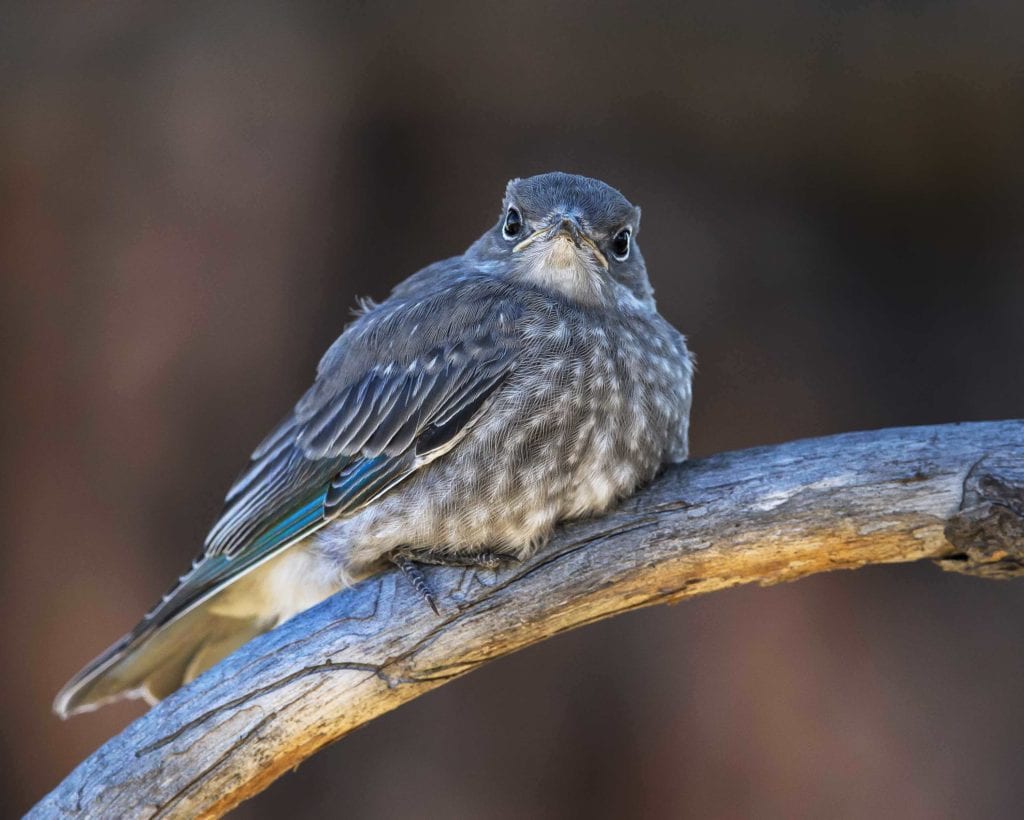
Is our response to climate change and conservation happening quickly enough?
Trisha: I feel intense frustration with policies, politics, and even social attitudes because they don’t change quickly enough for me. But they are changing. There’s more talk about conservation and biodiversity, and the many different aspects of healthy environments.
What are some of the conservation challenges for The Nature Trust?
Trisha: Only about six per cent of land is privately owned in BC and it’s becoming more expensive to buy. Most of the private land is around residential areas where population expansion is putting pressure on the land and ecosystems, yet these ecosystems are important for people’s health, food systems, and environmental issues.
Is there more The Nature Trust could do to support conservation?
Trisha: I think spreading our voice throughout BC is important. There’s a fair amount of focus on the Okanagan and the Kootenays but there are many other wonderful communities in BC that have unique ecosystems around them. As our population grows, these too are going to be pressured and vulnerable.
It’s also important to continue to form partnerships with other like-minded organizations that are working for conservation in similar fields. The more connections, the stronger the whole.
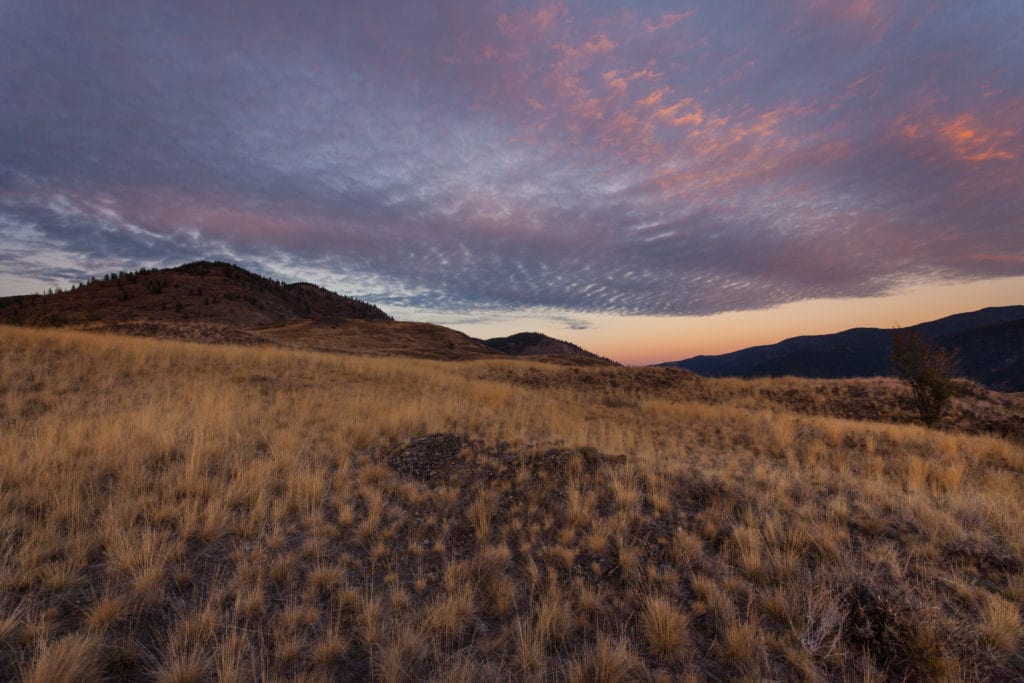
How can you inspired people to support conservation?
Carolynn: Fight apathy. Figure out what you’re connected to because from connection comes love and from love comes protection. Protect the places you love.
Trisha: It’s about forming an attachment. When I think about where I want to travel it’s in my kayak from my front door through Howe Sound or from Bowen Island up the Sunshine Coast. I just want to get to know where I am.
What do you think has contributed to The Nature Trust’s record of success?
Trisha: The Nature Trust has a wonderful staff, a strong land management team, and a diverse board with an organized framework. This is key to its success. It also has a very clear mandate about what it’s doing.
Carolynn: From a funder’s point of view, the richness of The Nature Trust’s projects is incredible and I’m proud we have supported the organization for many years and in so many different ways.
There’s a recipe for success in everything that The Nature Trust does. The significant land that is sourced through people who passionately care about the land. The science they bring to their acquisitions. And the strategic way of acquiring land over many years. Savary Island is a great example of this recipe for success and what a great acquisition it is.
I also love the Conservation Youth Crews, and the ability of The Nature Trust to support jobs in beautiful places that connect people who care about and for the properties.
Trisha: A vignette I love happened on a tour of The Nature Trust’s Englishman River property where a local group was removing invasive plants. They did it with such passion and with a real connection to the property. It was a great example of how The Nature Trust integrates community clubs and allows them to become custodians of Nature Trust land. This synergy adds to the community instead of taking away from the community.
Carolynn: I just think the Nature Trust is great. We are very lucky because not every province has such a well established, provincially focussed land conservation organization.
Trisha: I also think we’re fortunate because The Nature Trust has been so fiscally responsible making choices about land securement on a scientific basis. It’s a wonderful combination. May it continue to grow.
